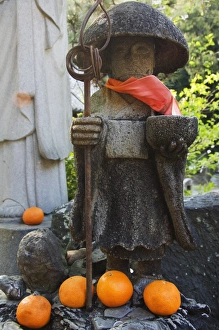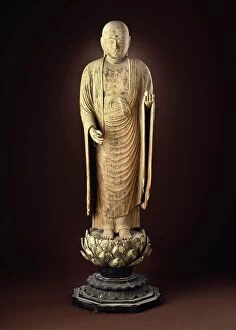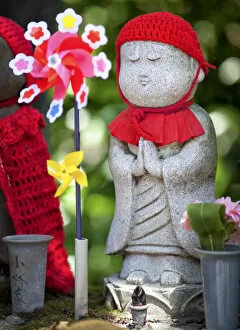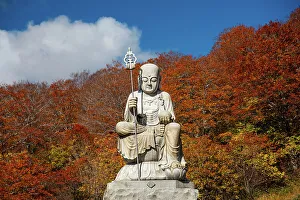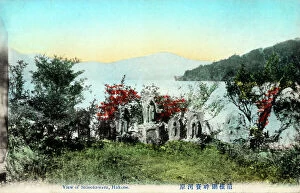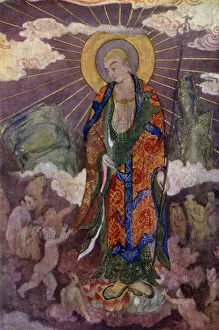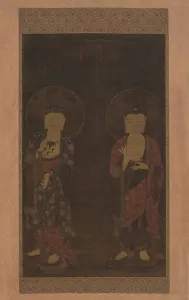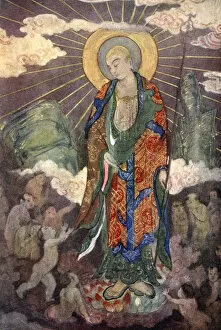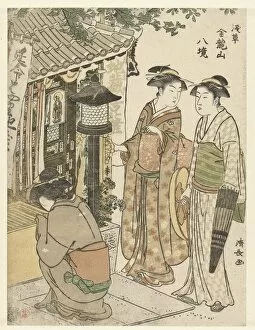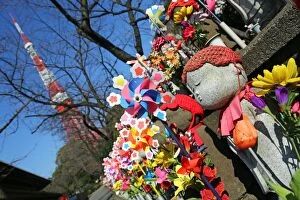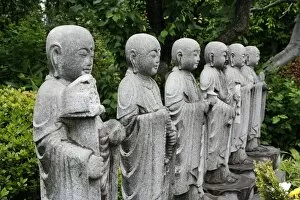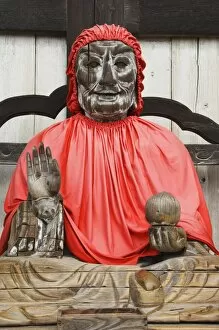Jizo Collection
Jizo, the beloved Bodhisattva of compassion, holds a special place in Japanese culture and Buddhism
All Professionally Made to Order for Quick Shipping
Jizo, the beloved Bodhisattva of compassion, holds a special place in Japanese culture and Buddhism. From the serene Narabijizo Bakejizo at Ishiteji Temple to the Guardian deity of children statue in Kobe, Jizo statues can be found throughout Japan, each with its own unique charm. Sai No Kawara Park in Hakone is adorned with countless Jizo statues, standing as a symbol of hope and protection for lost souls. These little stone figures are believed to guide deceased children on their journey to the afterlife. At Zojo-ji temple in Tokyo, a magnificent Jizo statue stands tall, radiating tranquility and peace. Its presence offers solace to those seeking comfort or praying for loved ones' well-being. Dating back centuries ago during the Kamakura period, an exquisite Jizo Bosatsu sculpture was created by an unknown artist. This masterpiece showcases intricate details that reflect devotion and reverence towards this compassionate deity. The miracles performed by it can depicted vividly in a handscroll from the Edo period. Painted by Kano Tan'yu, it portrays how this benevolent Bodhisattva aids those suffering through various trials and tribulations. A hanging scroll from 1300-50 illustrates Kshitigarbha (another name for Jizo) adorned with ink, color, and gold on silk. The artwork's elegance captures both divinity and gracefulness while inspiring awe among viewers. In Hashiba's pine grove around 1840s era Japan; wayfarers would often pause before a statue Bosatsu as they sought guidance on their journeys through life's winding paths. The serenity emanating from this sacred figure offered reassurance amidst uncertainty. Journeying further into history reveals Amitabha alongside Kshitigarba during the early 14th century - another testament to their significance within Buddhist beliefs. Their combined presence represents enlightenment and compassion, guiding devotees towards spiritual awakening.


